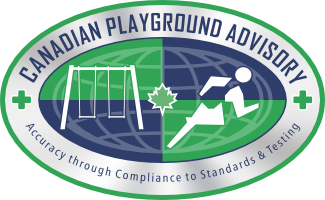Protective Surfacing Purpose and History
Protective Surfacing in the Playground has been Evolving for the past 60 years.
Volume 21, Issue 1 January 2018
Since the dawn of human history there has been the joy of play and for the longest time elevated places to see beyond the horizon were satisfied in climbing hills or trees. Only well after the beginnings of the industrial revolution did manufactured play structures arrive raising the user directly above the ground. With that so did the injuries on the surfacing under the play structures as surfacing was at best an afterthought. It was only after the 1970s, when there was a worldwide outcry to reduce injuries did standards begin to be written. These focused on fall prevention with guardrails and barriers. Although impacts with the surface following a fall were by far the leading cause of serious, debilitating injuries and the fourth for deaths in playgrounds, surfacing remained an afterthought.
During the 1980s the surface under playgrounds consisted of asphalt or concrete or the progressive dumping of sand into a box. The first performance measure set by the US CPSC was that the surface should not impart more than 200g to the instrumented headform, which left the felled child with a debilitating brain injury or a 10% risk of skull fracture and all of the consequences associated with that. This value was later embraced by ASTM in 1991 and in 1993 added the 1000 HIC, a 5% risk of a critical head injury and an 18% risk of a severe head injury. The CSA Z614. recognized the need for protective surfacing and referred to laboratory testing in 1990, with actual recognition of surface performance adopted in 1998 revision. Remarkably the performance requirements of <200g and <1000 HIC has not changed since 1980. Additional progress was made in Canada only in 2007 by raising the fall height from platforms to the tops of guardrails and barriers.




